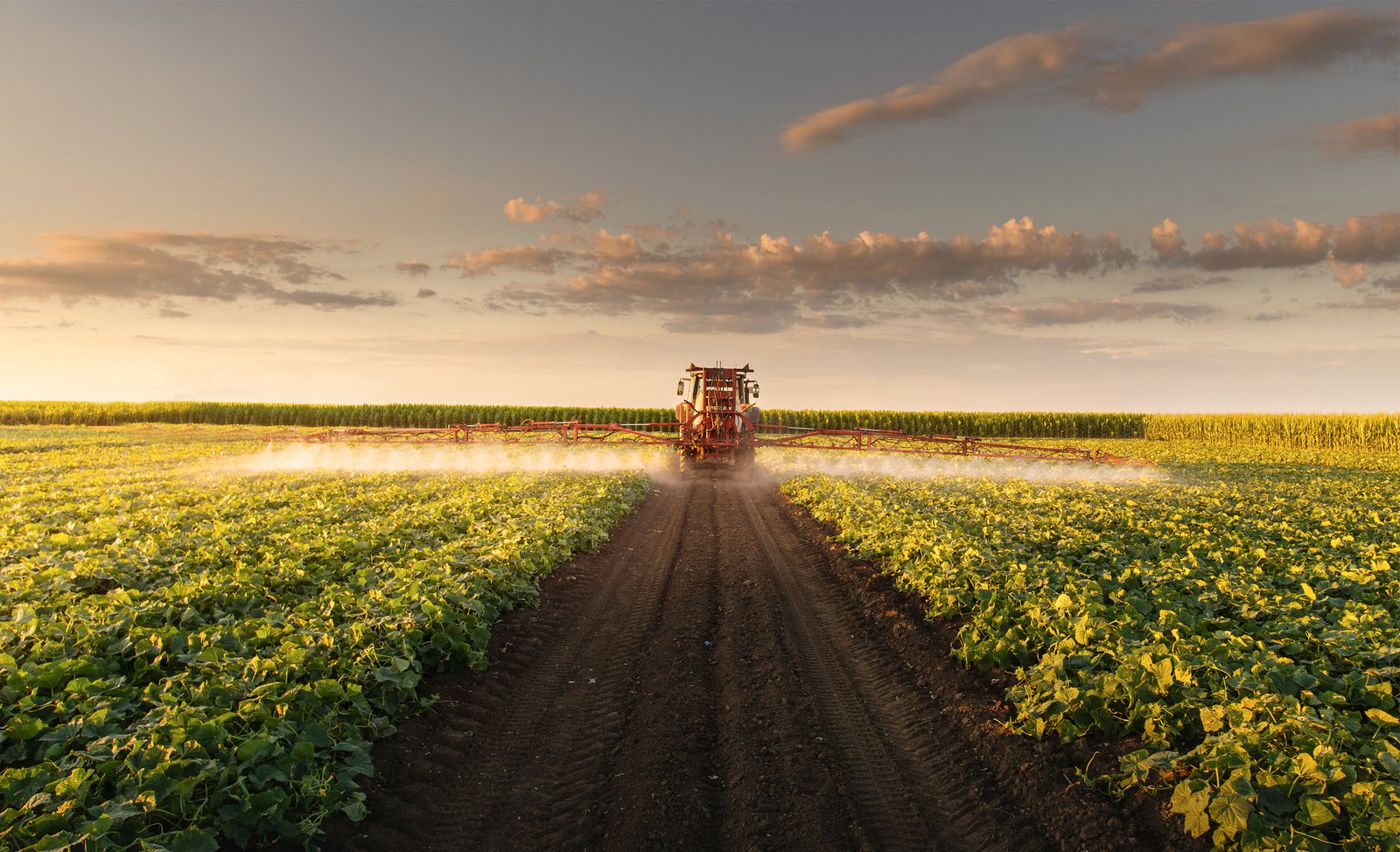Agriculture has always relied on observation and timing, but today, it’s also heavily powered by data. Farmers are turning to “smart farming” to work smarter (literally), not harder, as global demand for food continues to rise. According to Allied Market Research, the global IoT in agriculture market was valued at $27 billion in 2021 and is estimated to reach nearly $85 billion by 2031.
Precision agriculture, or smart farming, refers to the use of connected technologies to optimize agricultural practices. Internet of Things (IoT) connects devices like sensors, GPS systems, and drones, so farmers can receive, detect, and collect real-time data. With this data, farmers can make faster, more informed decisions for their livestock, crops, and farming equipment. This shift in smart farming isn’t just about efficiency – it’s about sustainability. With IoT, farmers can focus on reducing waste, conserving water, and increasing crop health.
Here are five powerful use cases where IoT is making a difference in the fields (pun intended):
Whether you are monitoring soil moisture levels, relying on telematics for your farm equipment, or regulating temperature in a green house, reliable connectivity is crucial. That is where Kajeet comes in. We can help provide secure LTE/5G solutions to ensure you are getting the most out of your AgTech.
Agralarm was founded to meet the need for advanced technology and monitoring for poultry farmers. Much of rural America is still supported by old telephone service lines and connectivity to farms is often unreliable. Along with the decline of the landline and consumer shift to wireless technology, fast repairs became difficult and untimely. To support customers in remote locations, Agralarm needed premium wireless coverage and backend tools for managing data usage, customer accounts, and notifications. The team evaluated connectivity providers that could meet their feature and support requirements – and that’s where we stepped in.
Agralarm found that Kajeet’s Sentinel device and data management platform to be a perfect solution for managing their program.
“Kajeet plays a crucial role in allowing Agralarm to offer a very unique solution for the farmer and the poultry integrator through the ability to manage the entire connection to the farm as well as the Agralarm system itself. Alerts are produced if either of these should fail,” said Steve Flaherty, Founder and President of Agralarm.
Read more about Agralarm’s Smart AgTech success story in our blog here.
Learn even more: Agralarm recently joined Kajeet in IoT Evolution’s Think Differently: How to Take Full Control of Your IoT Data, Security, and Costs webinar. Agralarm covered more of their company's story, and we covered all things IoT data – from device management, network connectivity, and operation costs. Check out the webinar recording here! 👈

Anastasia has been with Kajeet since 2023 and has been working in the wireless technology space for 4 years. She is a proud alum of the University of South Carolina (go Gamecocks!) and lives in Columbia, South Carolina with her husband and golden doodle, Millie.

